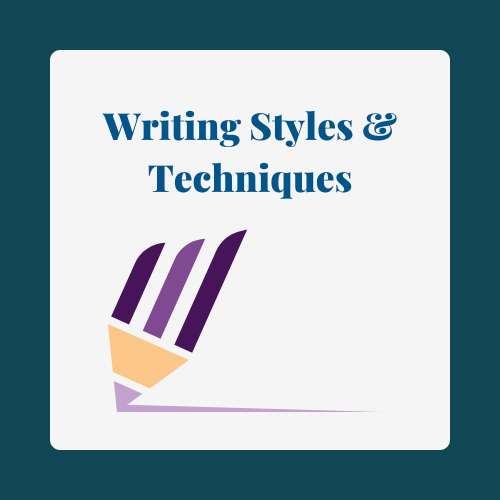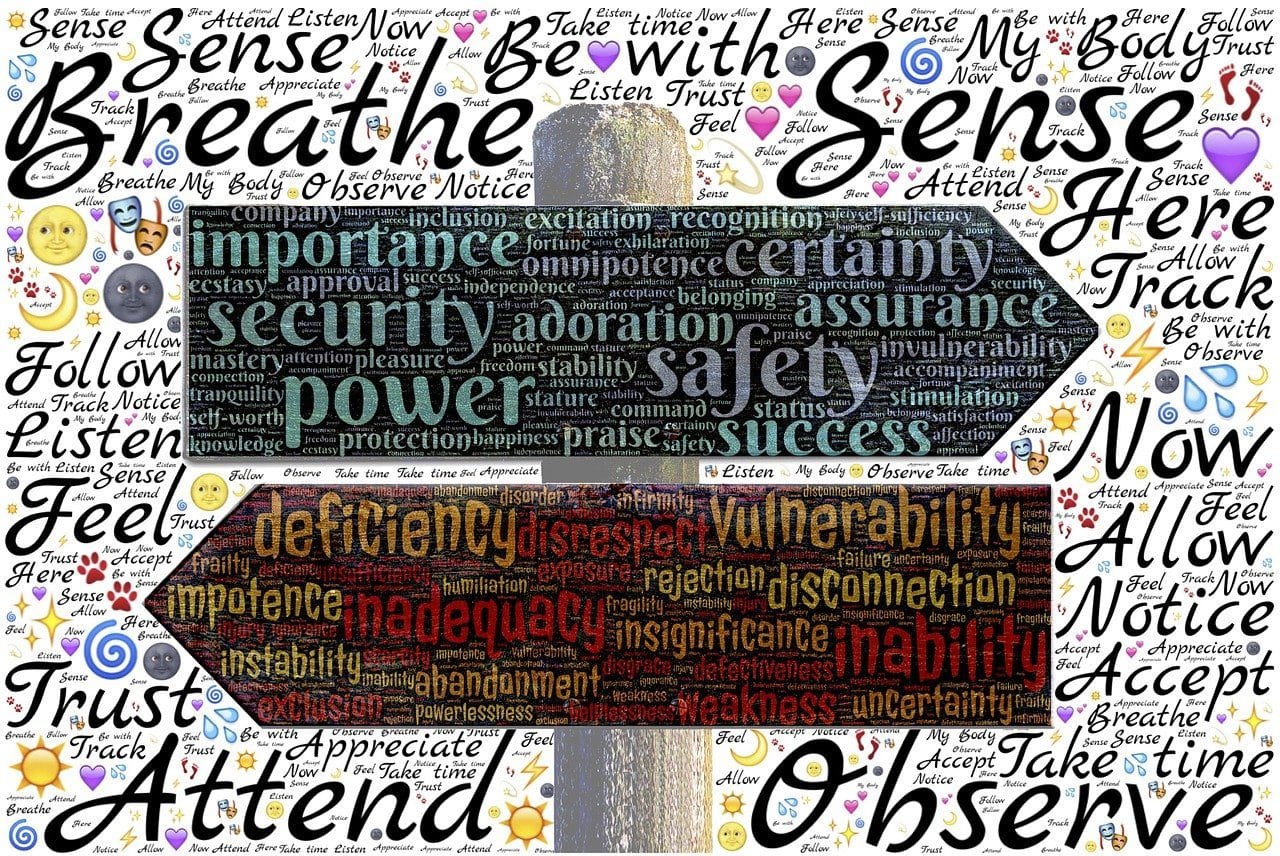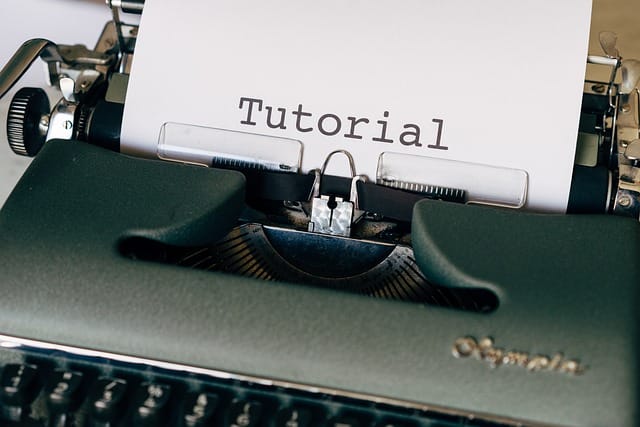
The Different Writing Styles
By: Colleen Atwood - Virtual Assistant & Editor
Re-edited:
(original publication date 8/2/22)
"If you are careful about the content and writing style, readers will not feel that you are in a hurry."
Ravi Subramanian- Indian Writer
Businesses and authors use different writing styles to tell a story. Today, we examine the four primary writing styles used (descriptive, expository, narrative, and persuasive). We will also review how, depending on the document’s purpose or manuscript, each writer will adjust their style to convey best the information they present to their readers. Finally, we will look at the different tips for writers to consider.
If you are unfamiliar with the various writing styles or need a brief refresher, keep reading for more information.
Writing Styles
A writing style is a specific technique writers use to address an audience about a particular subject. The four primary styles businesses and authors use are descriptive, expository, narrative, and persuasive writing. Each technique has a distinct purpose and varying levels of formality.
Descriptive Writing

Descriptive writing uses sensory details to create a three-dimensional picture in a reader’s mind, which helps to create an emotional connection with the information. If a writer wants to explain a new pastry in a fictional manuscript, it helps to describe the size, feel, smell, look, and taste.
Descriptive writing uses literary devices (or techniques) to help construct the mental image of a person, place, scene, or object. The types of literary devices used include:
Allegory
Alliteration
Anaphora
Anastrophe
Anthropomorphism
Aphorism
Archetype
Chiasmus
Colloquialism
Cumulative sentence
Dramatic irony
Euphemism
Exposition
Flashback
Foreshadowing
Frame Story
Hyperbole
Imagery
In medias res
Irony
Isocolon
Juxtaposition
Litotes
Malapropism
Metaphor
Metonymy
Motif
Onomatopoeia
Oxymoron
Paradox
Personification
Point of view
Polysyndeton
Repetition
Satire
Simile
Soliloquy
Symbolism
Synecdoche
Tautology
Tmesis
Tone
Tragicomedy
Zoomorphism
Businesses use descriptive writing differently than authors. The documents are usually more formal, have a distinct structure, and avoid first-person pronouns.
Business Descriptive Writing
In business, readers want the facts and relevant information on a subject. Depending on the needs of the company, writers will adopt one of four variations of descriptive writing for their document, including (1) informational, (2) instructional, (3) persuasive, or (4) conversational.
Expository Writing
Expository writing helps to explain, inform, or educate the audience about a topic. Writers will borrow from the narrative (see below) and descriptive writing techniques to help create a more impactful piece for the reader. Expository writing is neither entertaining (but does not have to be dull) nor is it intended to be persuasive.
Expository writing has specific characteristics it must follow, including:
Business Expository Writing
Organizations of all sizes use expository writing to present the facts to help deepen an audience’s understanding of a specific topic. Writers cannot assume the audience has prior knowledge of a subject, so the writer uses easy-to-understand language and logically presents the material. While doing so, business writers should limit the amount of business terminology used, which could alienate readers unfamiliar with the vocabulary. If business terminology is necessary, writers should briefly define how businesses use the word within their industry.
Examples of the types of expository writing businesses use:
Narrative Writing
Narrative writing tells a story using a series of characteristics and elements to engage the audience in a piece of fiction or nonfiction. Narrative writing is best known as placing a character or characters into a particular situation and presenting them with a problem they must solve by the end of the manuscript.
To tell a story, a writer may use any number of narrative styles, including:
- Descriptive narratives focus on the characters, setting, look and feel.
- Historical narratives tell the story of an actual event that occurred in the past, describing the events chronologically.
- Linear narratives tell a story in sequential order. The writer informs the reader about events that happen in the order in which they occur.
- A nonlinear narrative is a story told by skipping around to different points in time, which writers may use to reveal unknown (but crucial) information at critical moments.
- Quest narratives tell the story of a character’s quest to reach a goal. Achieving the goal might occur linearly but could also happen using nonlinear methods.
- Viewpoint narratives focus on the narrator’s perspective of the story’s events.
Business & Author Narrative Writing
Narrative writing appears in every kind of business writing project. However, companies change their narrative writing to adequately address their audience and the type of document they must produce.
Business writers and authors also use various writing elements to tell, engage, and capture their audience’s attention. Although we briefly discuss each here, we will have a more in-depth discussion later.
Author Perspective
Every aspect of a writer’s life influences (or affects) their writing, everything from their personal history to how they view the world and those around them. These differences allow a writer (business or otherwise) to share their viewpoint with others.
Character Perspectives
Just as in real life, how each character in a story responds to a given situation will differ. The reasons for these differences include a combination of (1) the individual’s personal story, (2) their upbringing, (3) opinions, (4) socioeconomic status, (5) education level, (6) physical and psychological imperfections, (7) their goals, and (8) their needs and wants.
Characters
Authors include one or more protagonists, antagonists, and multiple secondary characters in a manuscript. To help distinguish between each, the author must decide (1) who the characters are, (2) what they want, (3) what (or who) is keeping them from achieving their goal, and (4) how they plan to go about reaching their target.
Conflicts
Every story must have disputes (or disagreements), and readers will want to know how they unfold and play into the plot (see below).
Context
What is the overall meaning of a particular dialogue, sentence, scene, or section? Is the writing giving narrative and non-narrative information for readers to get a fuller picture? What is the purpose of the writing? To whom is the writer speaking? Which alternative (or secondary readers) might find the manuscript or business document fascinating?
Diction
The writer’s word choice affects how an audience interprets (and responds to) what they read.
Jargon
Company jargon (or business terminology) is language specific to a sub-group of people in a field of work. Adding too much jargon might turn readers away, especially if the audience is unfamiliar with a topic or industry. To avoid using too much business terminology, substitute everyday language whenever possible.
Literary Devices
Business writers and authors use diverse literary devices to help express ideas, convert meaning, and highlight important themes in a document or manuscript. For example, Animal Farm (written by George Orwell) uses a combination of the following devices within the story: (1) alliteration, (2) allegory, (3) allusion, (4) anaphora, (5) conflict, (6) climax, (7) fable, (8) foreshadowing, (9) hyperbole, (10) imagery, (11) metaphor, (12) mood, (13) motif, (14) paradox, (15) rhetorical questions, (16) themes, (17) simile, (18) symbol, and (19) verbal irony.
Morals
What message is the writer trying to make? Is the writer explicitly telling the story's moral or only hinting at something they leave for the audience to interpret?
Narrative Structure
Manuscripts and business documents should always have a beginning, middle, and ending.
Plot
The plot in the manuscript explains what happens to a character from the beginning to the end of a story. The reader learns how (and when) the situation began, how the character feels about it, what they endure trying to fix it, and how the character resolves the problem.
Point of View (POV)
Who is telling the story? Is the character or narrator using first, second, or third person? Are transitions between the different characters seamless?
Punctuation
Businesses and authors are bound to follow the punctuation conventions in style manuals. However, the requirements may differ widely due to the various industries and expectations for each. For example, The Chicago Manual of Style and MLA Handbook recommends using the serial comma before the conjunction. In contrast, The Associated Press Stylebook recommends against using the serial comma. Business writers and authors must abide by the preferred manual in each case.
Resolution
How does the story end? Does the writer wrap up the remaining questions or leave the reader wanting more? Is there a more extensive story a writer can or should tell, or is everything wrapped up neatly?
Setting & Period
Is there more than one physical location? How does the writer describe the various places? Which period (past, present, or future) does the story take place?
Symbolism
Which symbols (either well-known in our world or something completely new) have meaning to your characters? How do these symbols explain the plot and theme (see below)?
Syntax
How a writer forms a clause or phrase affects the sentence's rhythm, meaning, and style. Writers engage their readers by varying each sentence's structure, length, and word order.
Theme
What central ideas or concepts does the reader take away from the manuscript? Does the writer subtly weave their themes into the story? Or could the writer have added others to help fill out the story?
Tone
The tone is how the writer says something (or their attitude) in a manuscript. By adjusting the tone, the writer helps influence how the reader interprets the intention and meaning of the words.
Voice
The format by which the writer narrates the story. The author’s voice is the style they adopt, while the character’s voice shows how they view the world around them.
Persuasive Writing
Persuasive writing helps influence the audience into adopting a particular point of view or compel a specific action. Like speaking, writers use personal experience, logic, and emotion to sway their readers. A writer will tell a fact, follow with examples and reasoning, and conclude their piece with a justification for the reader to consider. If the argument is successful, the reader acts. If unsuccessful, the reader moves on.
Businesses use persuasive writing in advertising, website copy, general branding, op-eds, and reviews.
The Modes of Persuasion
Persuasive writing uses techniques dating back to ancient times. Aristotle described his modes of persuasion as ethos, logos, and pathos, which current philosophers view as the core of modern persuasive speech.
- Ethos is the writer’s status (or authority) on a topic. What credibility does the writer have on the subject? Do they have an advanced degree or real-world experience?
- Logos should appeal to the reader’s logic and rationality. Is the writer using relevant examples to make their point? Is the information making sense or resonating with the reader?
- Pathos draws on the reader’s emotions, which can eclipse a person’s common sense.
Writers will employ other types of techniques to appeal to their readers. These include:
- Comparisons involve looking at both sides of a problem and offering potential solutions. Using examples in others’ work may help show how to resolve issues in a particular way.
- Consistency is the agreement or harmony of parts. Is the writer offering enough material within each section for the reader to understand?
- Objections offer answers (or alternative points) to areas a reader might object to or go against their moral views. For example, a writer may not feel comfortable with a particular stance on a local political position and will draft an argument against it (even if others are for that position).
- Prognostication involves the writer predicting the future for the reader. Companies will do so by looking at emerging trends within an industry and asserting a theory about how far they believe that trend will go.
- Repetition is repeating oneself in a written piece to make a point. Such phrases as “heart to heart” or “time after time” are common.
- Social proof is copying or imitating others’ actions in different situations. Companies may supply social evidence on their websites by posting testimonials from delighted customers or clients showing how well the company made them happy or solved their problems.
Tips to Remember
A quick search on your favorite search engine produces various tips for when to use the different writing styles, including:
- Ask rhetorical questions and give the reader solid (and innovative) answers.
- Avoid excess jargon (but understand it may be necessary at times).
- Be clear, concise, direct, and empathic.
- Choose your focus, and do not deviate.
- Continual practice is essential.
- Convey correct and relevant information.
- Hook the reader’s attention.
- Keep language formal when necessary.
- Know your audience.
- Mix and match narrative styles (when applicable).
- Mix it up in terms of punctuation.
- Read, review, and edit ruthlessly.
- Research both sides of a problem.
- Use active words over passive ones.
- Vary your sentence structure.
A final Word
Different writing styles (descriptive, expository, narrative, and persuasive) are necessary for diverse documents and manuscripts. How a business or author uses each style will vary depending on the audience, formality level, and the piece’s purpose. Literary devices help enhance writing, although companies should remain cautious when adding too much information.
Until next time.


